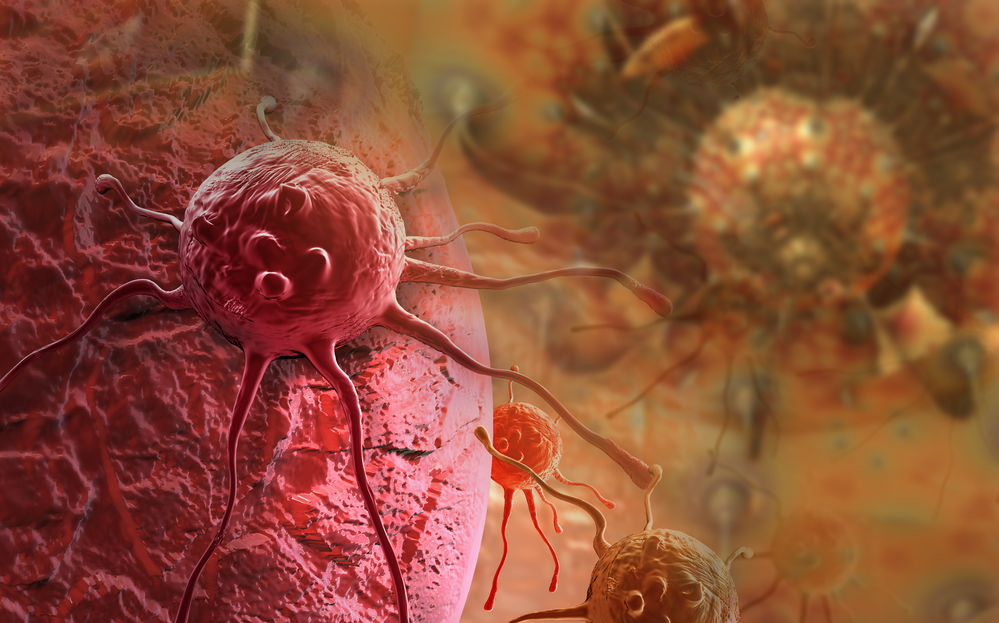
What are cancer clusters
A cancer cluster is the occurrence of a greater-than-expected number of cancer cases among a group of people in a defined geographic area over a specific period of time. In very rare cases, cancer clusters can indicate the presence of carcinogens – cancer-causing agents – in the environment, but for the most part, they are the result of random patterns.
A cancer cluster generally features an unusually high number of the same type of cancer occurring in a group of people with a common exposure – be it where they live, where they work or some other usually long-term exposure to an agent that has brought about the cancer.
The cancer cluster that attracted the most recent attention was the 2006 Brisbane ABC case. Of the 550 female staff, ten women were diagnosed with invasive breast cancer between 1994 and 2006, a six-fold increase over the number of cases that might have been expected.
The precise cause of those cancers remain uncertain, and the result being due to “chance” is still considered likely. The investigation did, however, lead to the building of a new ABC complex in Brisbane.
In Australia, potential cancer cluster investigations are conducted by epidemiologists, with involvement from occupational hygienists, statisticians and occupational physicians who are independent of the employer, and are often government employees or consulting academics.
Half of all men and a third of all women in Australia are likely to have a cancer diagnosis by the age of 85.
Interpretation
Confirmation of a cancer cluster does not necessarily mean that there is any single, external cause or hazard that can be addressed. A confirmed cancer cluster could be the result of any of the following:
chance
- miscalculation of the expected number of cancer cases (e.g., not considering a risk factor within the population at risk)
- differences in the case definition between observed cases and expected cases
- known causes of cancer (e.g., smoking)
- unknown cause(s) of cancer.
Follow-up investigations can be done, but can take years to complete and the results are generally inconclusive (i.e., usually, no cause is found).
Identifying clusters
One example demonstrates the confusion around the enduring questions that arise when seemingly obvious links can’t be confirmed. Last summer, World Series champion Darren Daulton became the fourth Philadelphia Phillies player to die of glioblastoma, an aggressive form of brain cancer. Many people, especially fellow former baseball players, wonder about what seems to be an obvious link between brain cancer and baseball—or, at least, between brain cancer and older versions of synthetic turf used in stadiums like Veterans Stadium, which the Phillies called home from 1971 to 2003. But researchers suspect the cluster is probably a coincidence, saying their investigation did not uncover enough evidence to support the belief that the cancers were caused by a single, shared source. The deaths, they added, fit cancer patterns that occur in the general population: Glioblastoma is more common among men than women, and those at highest risk are between the ages of 45 and 70.
While frustrating, the investigation’s results are not unusual in the world of cancer clusters. In some cases, groups of cancer occurrences are natural because the disease is so common—perhaps more common than many realize. In the United States, nearly one in three people will develop cancer during his or her lifetime. Think of a pool cue breaking up a group of balls in a game of billiards. Some may land in the far corners of the table, while others cluster together. Like cancer afflicting neighbors or co-workers, some experts say, it’s completely random.
And cancer is a complex disease, categorized into more than 100 different types, each with its own risk factors, symptoms and causes. The disease often takes years or even decades to develop. Another factor complicating the quest to prove clusters: People don’t always stay in the same place.
References:
https://blog.dana-farber.org/insight/2018/03/what-is-a-cancer-cluster/
https://www.cancercenter.com/community/blog/2018/05/cancer-cluster-causes-seem-obvious-so-why-are-they-so-hard-to-prove
https://www.cancer.org.au/blog/what-are-cancer-clusters
https://www.cdc.gov/nceh/clusters/about.htm




